I have several different RGB LEDs and bicolour red/green LEDs, from different suppliers.
I find that, with the appropriate resistors, they can produce a perfect orange and cyan; and a barely acceptable magenta. One thing they cannot produce, however, is a tolerable yellow. It looks awful.
Given that our eyes see yellow simply as a combination of red and green; and given that TVs and computer monitors successfully render a lovely yellow on a daily basis using nothing more than red and green pixels; why is it that my LEDs are utterly incapable of the feat? I have tried googling for answers, and come up empty.
Of course, each colour will have its own forward voltage, but I have allowed for this by providing different resistances; or, in some cases, adjustable PWM signals. But no matter how I vary the amount of red vs. the amount of green, at no point is a decent yellow produced.
Sadly, due to the limitations of cameras, I am unable to provide a realistic illustration of the pathetic yellow they produce. But suffice it to say that it's a sickly, unpleasant colour.
Now, maybe I just have low quality LEDs. But still, any shade of yellow should be possible from the correct ratio of red and green. Even if the green is a bit red-shifted already, surely I would simply need less of it?




